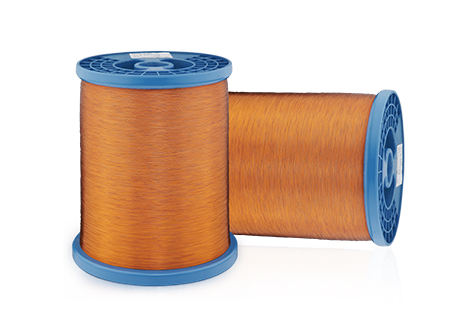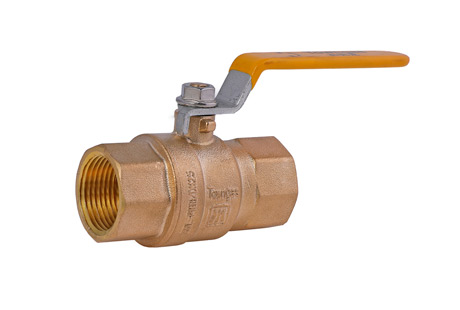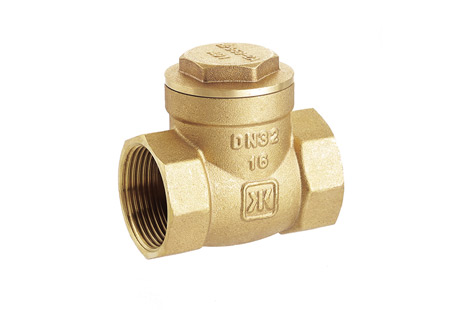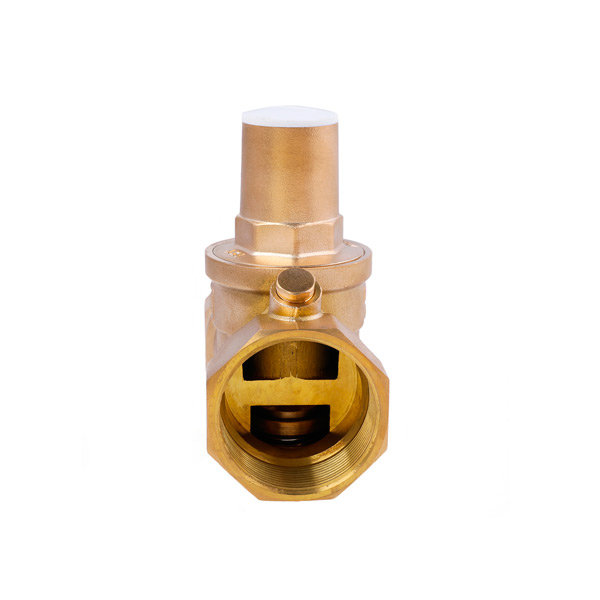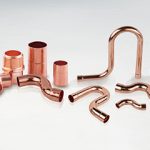The enamel coil wire industry is currently changing the traditional problems of low industry concentration and common low-end products. In the future, it will gradually increase its R&D investment in the direction of high-end enamel coil wires and special enamel coil wires, and integrate and match with the transformation and upgrading of China's manufacturing industry on the raw material side. With the adjustment of China's industrial structure, it will bring a new round of growth driving force to the enamel coil wire industry, and at the same time, product quality and industry concentration will be further improved.
1. Product overview of enamel coil wire
Enamel coil wire is a main type of winding wire. It is made of a metal conductor as a conductive inner core and coated with a polymer insulating layer. It is mainly composed of these two parts; it is the conversion of electromagnetic energy into mechanical energy, thermal energy, sound energy, light energy or mechanical energy. , heat, chemical, sound, light and other energy into the functional material of electromagnetic energy.
Enamel coil wire is the main material used for winding electromagnetic coils in industrial motors (including motors and generators), transformers, electrical instruments, power and electronic components, power tools, household appliances, and automotive appliances.
The conductor part of the enamel insulated wire is generally annealed undoped pure metal, such as copper, aluminum, copper alloy, gold, silver, nickel, stainless steel and other materials are also used in some occasions. Polyester, polyester, polyesterimide, polyimide and other polymers are often used as insulating film materials for winding metal wires of electromagnetic coils.
The upstream of the enamel coil wire is the copper rod industry, and the downstream is various consumer terminals, mainly motors and transformers. Enamel coil wire is a type of winding wire (magnet wire). Winding wire is a conductive metal wire with an insulating layer, which is used to make coils or windings of electrical products. Its function is to generate a magnetic field through a current, or to cut a magnetic field line to generate an induced current to realize the mutual conversion of electrical energy and magnetic energy, so it is also called an electromagnetic wire.
The conductive cores of the winding wire include round wire, flat wire, tape, foil, etc. At present, most of them use copper wire, like polyurethane enameled copper wire, and some use aluminum wire. In order to improve the tensile strength of aluminum winding wire, high conductivity and high strength aluminum alloy can be used.
According to the characteristics and uses of the insulating layer, the winding wire can be divided into three categories: enamel coil wire, wrapped insulated wire, and special insulated winding wire. The wrapping wire includes: paper wrapping wire, glass wire wrapping wire, film wrapping wire, special wrapping wire for submersible motor, winding wire for wind turbine, single wire wrapping wire, wire wrapping wire, transposition wire; special winding wire : refers to the winding wire suitable for special occasions or with special performance requirements.
2. The production process of enamel coil wire mainly includes: pay-off, annealing, painting, baking, cooling and take-up
Pay-off is to pay off the wire on a normal operating enameling machine. In order to reduce the operator's energy and physical strength, a large-capacity pay-off method is usually adopted. The key to pay-off is to control the tension, which should be uniform and appropriate. At the same time, the pay-off devices for different specifications of the wire are also different. Large-sized and large-capacity spools generally use radial rotary pay-offs; medium-sized wires generally use over-end or brush-type pay-offs; fine-sized wires generally use wool Brush or double taper sleeve pay-off.
Annealing is carried out after pay-off. The purpose of copper wire annealing process is to disrupt the molecular lattice structure, so that the hardened wire during the pay-off process can be heated at a certain temperature to restore the softness required by the process, and at the same time remove lubricants and oil stains during the stretching process. , to ensure the quality of enamel coil wire. After annealing, painting is carried out. Painting is the process of applying paint to metal conductors to form a uniform paint layer of a certain thickness. Different coating methods and different wire specifications have different requirements for the viscosity of the paint.
Generally, the enamel coil wire has to go through multiple coating and baking processes, so that the solvent can be fully evaporated, the coating resin can be fully reacted, and a good paint film can be formed. Baking, like painting, is also a cyclical process. First, the solvent in the paint is evaporated, then cured to form a paint film, and then painted and baked.
In the baking process, pollutants will be generated, and the furnace must be removed in time. Generally, a catalytic combustion hot air circulation furnace is used. At the same time, the amount of waste can be neither too large nor too small. Ensure safe production and product quality without causing a large amount of heat loss.
The enamel coil wire coming out of the oven has a high temperature, the paint film is very soft, and the strength is very small. If it is not cooled in time, the paint film of the guide wheel will be damaged, which will affect the quality of the enamel coil wire. The next step of cooling is to take up the wire. The purpose of the take-up is to wind the enamel coil wire on the spool continuously, tightly and evenly. It is required that the wire take-up machine has a smooth transmission, low noise, proper tension and regular wire arrangement.

 English
English 日本語
日本語 한국어
한국어 français
français Deutsch
Deutsch Español
Español italiano
italiano العربية
العربية tiếng việt
tiếng việt Türkçe
Türkçe ไทย
ไทย 中文
中文
